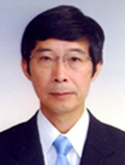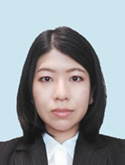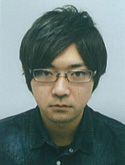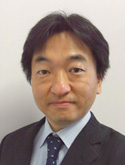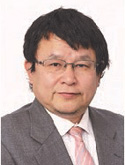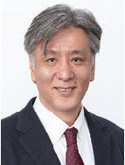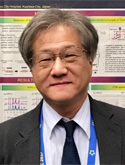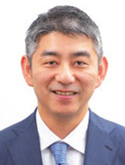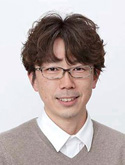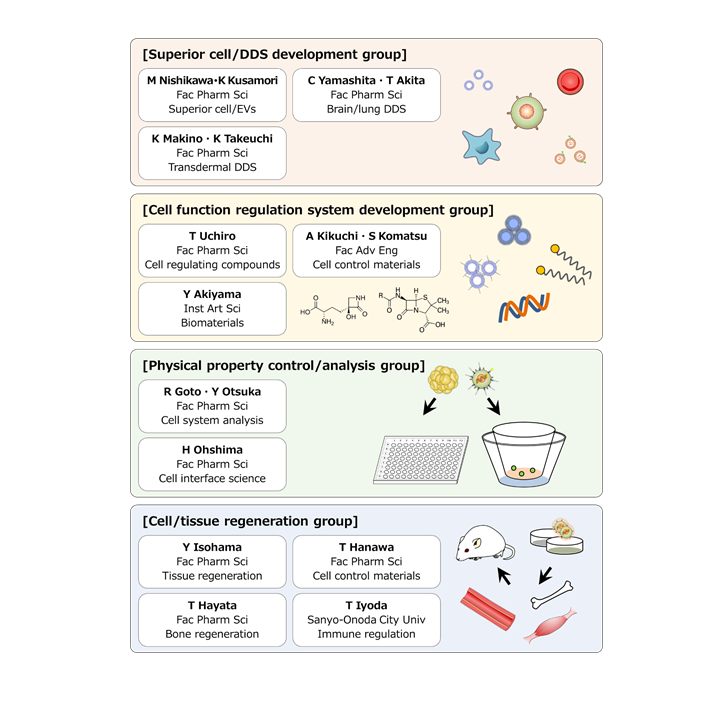Members/ Roles
The four groups below cooperate with one another to accelerate the group research.
(1) Superior cell/DDS development group
This group designs and constructs superior cells, and develops DDS aiming at controlling the function and in vivo distribution of cells and other functional bioactive molecules. A goal is to develop “superior cells” that super-exceed the existing cells in terms of cellular functions through (1) the addition of novel functions, (2) the development of multicellular spheroids/organoids, and (3) the use of exosomes and other extracellular vesicles. In addition, various delivery systems developed are applied to the superior cells and their usefulness is examined in animal models.
Development of Superior Cell and DDS for Regenerative Medicine
Phone:04-7124-1501(ext) 6451
Email:kusamori@rs.tus.ac.jp

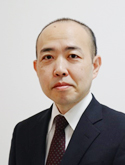
 Website
Website
